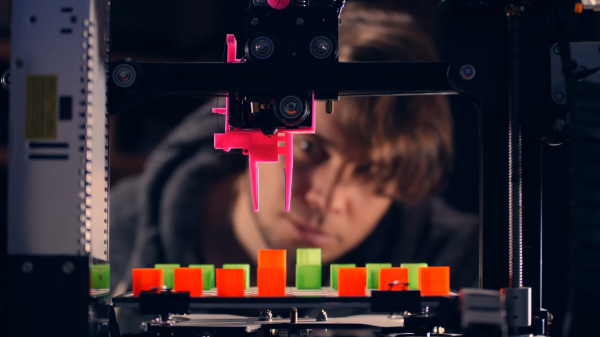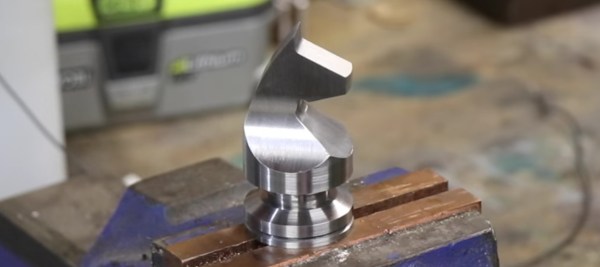3D printing has allowed the hobbyist to turn out all sorts of interesting chess sets with either intricate details or things that are too specialized to warrant a full scale injection molded production run. Now, the magic of 3D printing has allowed [Works By Design] to change the game by making pawns that can automatically transform themselves into queens.
Inspired by a CGI transforming chess piece designed by [Polyfjord], [Works By Design] wanted to make a pawn that could transform itself exist in the real world. What started as a chonky setup with multiple springs and a manually-actuated mechanism eventually was whittled down to a single spring, some pins, and four magnets as vitamins for the 3D printed piece.
We always love getting a peek into the trial-and-error process of a project, especially for something with such a slick-looking final product. Paired with a special chess board with steel in the ends, the magnets in the base activate the transformation sequence when they reach the opposite end.
After you print your own, how about playing chess against the printer? We’d love to see a version machined from metal too.
Thanks to [DjBiohazard] on Discord for the tip!













